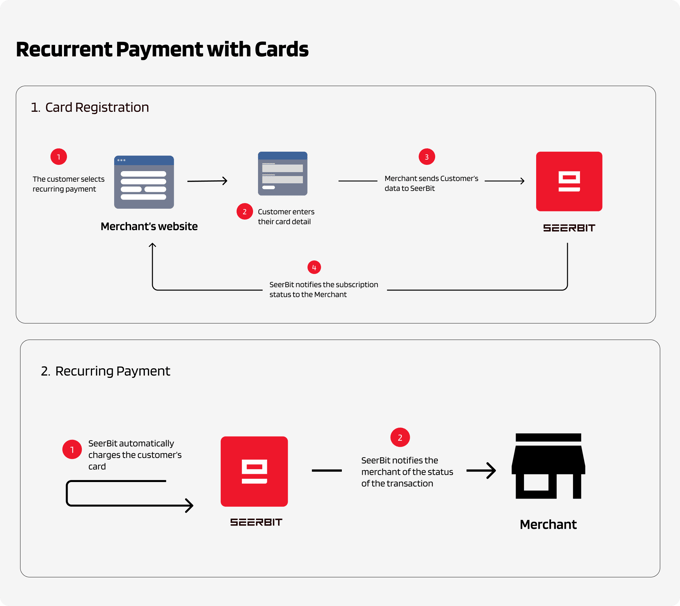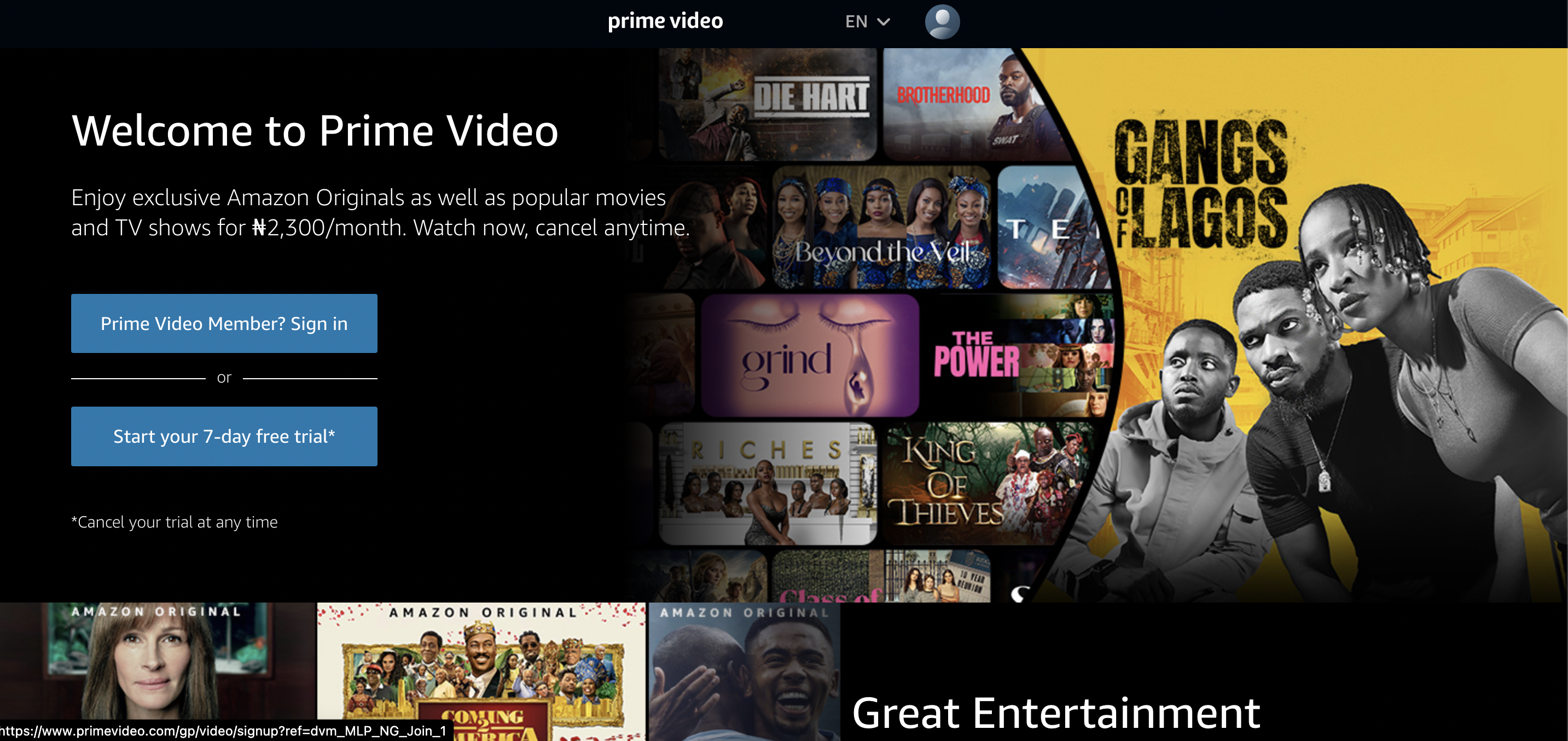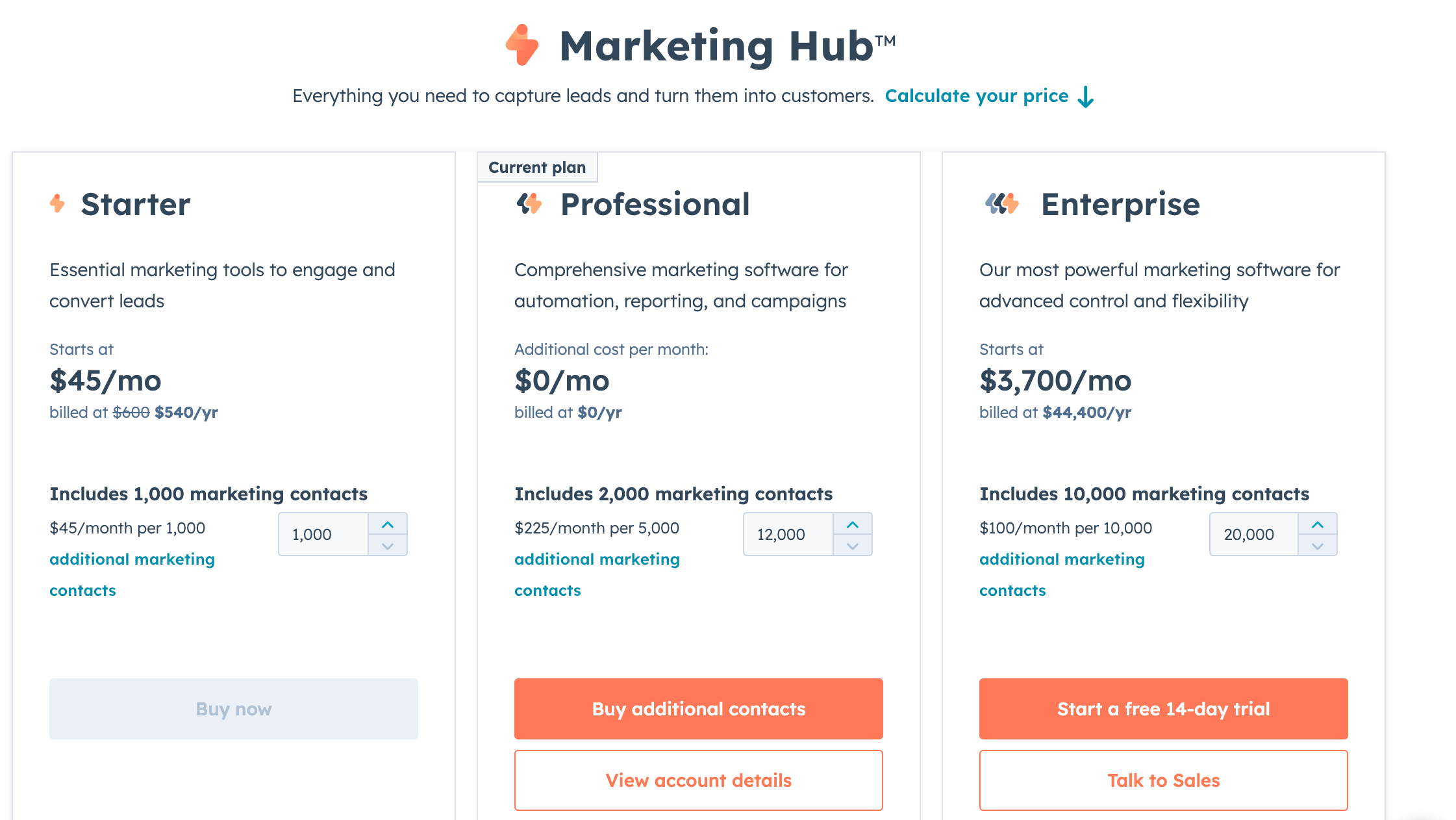How to increase revenue with recurring payment models
Businesses in today's fast-paced world are constantly looking for new and innovative ways to increase revenue and drive growth, and accepting recurring payments online is one strategy that has gained significant traction for businesses in recent years.
Whether it's a monthly service subscription, a yearly membership fee, or periodic product delivery, recurring payments provide a consistent source of revenue that can help your business survive and thrive in a competitive market.
In this article, we will explore the benefits of recurring payments and how you can leverage them to grow revenue for your business.
What is a recurring payment revenue model?
A recurring payment revenue model is one in which customers are billed at regular intervals for continued access to a specific product or service, and the payment is typically made automatically. Depending on the terms of the agreement, this payment can be scheduled to occur weekly, monthly, quarterly, or annually. For example, you pay a recurring monthly fee to DSTV to continue enjoying access to your favourite stations.
This revenue model is particularly common in businesses such as utility, online streaming, insurance, gym or club memberships, and others. The businesses charge the customers' debit cards automatically at the end of the pre-agreed period, while the customer continues to have access to the business's service or product.

Now that you know what a recurring payment revenue model is, we will explore the different types of recurring payments and their examples.
Types of recurring payments revenue model
Accepting recurring payments online is an excellent way for your business to generate a steady stream of revenue while also providing value to your customers. There are different types of recurring payment revenue models that you can use to grow your business, each with its own set of benefits.
Let's discuss them.
Subscription model
This is a recurring payment model in which customers pay a fee (weekly, monthly, or annually) to continue using your business's products or services. This fee can be automatically renewed when the subscription term expires, benefiting both your business and your customers.
The subscription model provides a consistent stream of income for your business through customer retention. This means that, rather than constantly looking for new customers, your company can rely on existing customers for future sales. This generates consistent monthly recurring revenue (MRR), which can be especially useful during difficult times.
For customers, the subscription model offers the convenience of easily repurchasing a product or service that they regularly use without having to manually renew it. This saves time and hassle while also providing the customer with the assurance that they can continue to use the product or service without interruption.
Streaming services like Netflix, Amazon Prime Video, Spotify, and others are common examples of businesses that use this model.
Subscription model example: Amazon Prime video

Membership model
This is a recurring payment model in which customers pay a monthly fee to gain access to exclusive benefits or services. Memberships foster a sense of community and exclusivity among members, allowing them to feel like they belong.
Membership benefits can include exclusive access to products, services, or events, discounts on purchases, personalised support, or other unique benefits not available to non-members, all of which can increase customer satisfaction and loyalty, resulting in long-term retention and advocacy for your business.
The membership model provides a consistent and reliable source of income for your business, as customers are more likely to remain loyal and engaged because of the exclusive benefits of membership.
Gyms, clubs, professional associations, non-profit organisations, e-learning, beauty salons, supermarkets, and on-demand platforms are examples of businesses that thrive with this type of business model.
Membership model: iFitness Gym

Usage-based Model
This is a consumption-based model in which customers are charged for what they use rather than a flat rate that may or may not reflect their actual usage. The customer is usually billed at the end of the billing cycle.
The usage-based model is an efficient way to offer your customers flexible payment options while increasing revenue for your company. However, for this model to be successful, you must carefully track usage and charge the correct amount.
Cloud computing, Software infrastructure providers and utility billing companies are two common examples of businesses that use this recurring payment revenue model.
Usage-based model example: HubSpot

Tiered Model
This is a recurring payment model in which different features or functionalities of a product or service are offered to customers at different price points. The customer would have to pay more to gain access to higher level features.
The tiered model allows you to increase your recurring payment revenue by charging a higher price for additional services or features. It also allows you to better understand your customers' needs and preferences because they can choose the level of service that best suits their needs.
Customers can also select a plan that fits their budget and usage needs. This can lead to increased customer satisfaction and loyalty because customers believe they are getting the best value for their money.
Businesses that use this recurring payment model include cable, Internet service providers, software-as-a-service (SaaS) providers, among others.
Tiered model example: DSTV

Benefits of a recurring payment revenue model
The recurring payment model provides several benefits alongside keeping your business revenue afloat for a long period of time. If you’re in need of justification to switch to this payment model, here are some of its benefits.

Predictable Revenue Stream
Recurring payments make it easier to predict how much your business will be receiving each month since your customers are paying repeatedly, and you know what they are paying for. This helps you plan your cash flow better and allocate your resources more efficiently. It also allows you to make smarter decisions for your business by providing a more stable financial foundation, that leads to improved forecasting.
Improved Customer Retention
Simplifying the payment process and offering excellent customer service results in increased customer loyalty and retention, as well as stronger relationships over time as customers learn to trust your company. Customers are more likely to continue using a service or product from a company they trust and have had positive experiences with, so these relationships are critical when it comes time to renew their subscription.
Reduced late payment
Late or missed payments can have a negative impact on your business's revenue and ruin customer relationships. You can, however, reduce the risk of late payments and disruptions to your business's cash flow by using recurring payments. Businesses can be confident that payment collection will be repeated on a predefined schedule with automated payments and monitoring, saving time and resources that would otherwise be spent chasing down customers for payments.
Reduced customer acquisition cost
Recurring payments can be a cost-effective way to acquire and retain customers. By providing a convenient and dependable service, you can build trust and loyalty with your existing customer base, reducing the need for costly marketing efforts to attract new customers. Furthermore, satisfied customers are more likely to refer your business to others, lowering acquisition costs even further. You can create a sustainable revenue stream while reducing customer acquisition costs by leveraging any of the recurring payment models.
Setting up recurring payments with SeerBit
Choosing the right payment partner to manage your business's recurring payments can help you save time and reduce the operational workload for your team.

SeerBit’s recurring payment is a secure, reliable, and efficient recurring payment solution that can help you manage your recurring payments more effectively and grow your revenue. In addition, SeerBit also enables you to maximise cash flow by leveraging our RevenueGen tools to:
- Automatically recover failed payments by using smart logic to find the best time to retry charging your customers' cards with an automatic retry feature.
- Partially debit what your customers have in their account balance if they do not have the complete amount due.
- Pre-authorize your customer's card to ensure they have the amount due and hold it until you are ready to charge them.
- Seamlessly charge customers after a trial period for more seamless conversions.
- Integrate your existing ERP through our APIs for more streamlined operations.
- Get a 360° view of your business finances with a robust dashboard and detailed reports.
